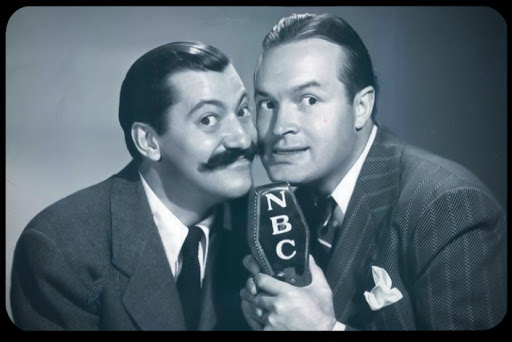I do not follow Hollywood. I know some actors’ names simply because I hear them repeated so often. Trouble is, I don’t recognize them on the screen. The faces are familiar, as are the names, but I can’t always put them together. I don’t regard this as a problem.
I don’t know who played the lead in Captain America: The First Avenger. My second daughter, who likely has the script memorized, might regard this admission as one of my personal failures in life and, sure, I could pause to google it right now but here’s the thing of it: I don’t care.
I’m no better with so-called Hollywood “legends,” either – with the exception of Bob Hope, John Wayne, Gary Cooper, and Susan Hayward (in the latter case only because I once dated a girl with the same name; I can’t think what her parents were thinking.)
These, and the other legends like them, aren’t people who, in that marvelous phrase, “become famous for being famous” — as fame seems to run these days. They’re not Kardashians, or Paris Hiltons (who most famously did not know what a Wal-Mart was), or Kristin Cavallari (no, I don’t know who she is). No, these are people who instead become famous by doing something, by performing their craft. And in their time, they did it better than anyone else.
An actor’s task is to take a bare script with only words on it and, first, memorize it. As Spencer Tracy is said to have said, “Learn your lines and don’t bump into the furniture.” Not bumping into furniture is the other half of it: Creating a character from the script, from the words alone, asking “What does this character want?” and bouncing that often intuitive perception off other actors who react and respond with a matching intuition. Together they make something larger than just the script.
These Hollywood legends possessed an innate chameleon-like ability—thanks in part to costume and makeup—to change personae, don a theatrical mask and become someone they were not and whom they could never be and, in the next role, become someone else yet again.
As good as the legends were in forging their screen identities, there is a sense they never quite had a handle on finally who they were genuinely. Much the same could be said today of contemporary actors. Maybe, on the whole, they were and are nice people, solicitous of friends, kind to strangers and animals. But collectively, put together in California movie land, they turn into a huge self-referential drama mob.
That, at least, is my impression after reading their biographical sketches in Oasis: Conversion Stories of Hollywood Legends. None of them ever quite figured out exactly who they were, not until later, not until the end of their lives.
In author Mary Claire Kendall’s telling, the Hollywood culture corrupted them. They became libertines: serial adulterers (Gary Cooper, Bob Hope, John Wayne, Patricia Neal), drug and alcohol abusers (Mary Astor, Betty Hutton), all so different in real life compared to their screen portrayals and public (I’ll use the word again) persona.
All could be said to have some demon pestering them, some flaw that went deeper than usual. Most came from wrecked families; most had some childhood trauma they never resolved; most sought in acting the recognition, even love, they ached to have; most were themselves best only when acting as someone else.
Who they became on screen – wearing body cameras open to public viewing – meant becoming, many times, someone better. But it was only in pretense that they found any hint of the perfection they sought in their real lives. They were never their true selves on screen, never could be.
Maybe I’m being harsh. It feels harsh. After all, these are people we created for ourselves; it’s our adulation of them and our hunger that produced these screen lives, lived in ways we think we would want to emulate or pity, the heroic and the fallen. But in the end, weren’t they only actors?
Yet these stories of Hollywood are foremost stories of conversion to the Catholic Church. The biographies are really too sketchy to grasp completely, and it seems too many of these legends made their conversions nearly too late. “His body had begun to break down,” says Kendall of Alfred Hitchcock, “and his soul to awaken.”
Kendall’s telling makes it all appear inevitable. It was this crisis or this low-low point (repeated perhaps many times by the same individual) that moved each inexorably to a destined end. That’s fine. But I don’t think conversions are ever so neat. They are frequently complicated and messy, as complicated and as messy as the people she writes about. Read her book; you’ll see what I mean.
A former Lutheran pastor becoming Roman Catholic, Russell E. Saltzman is a web columnist for First Things magazine living in Kansas City, Missouri. He can be reached at russell.e.saltzman@gmail.com.

